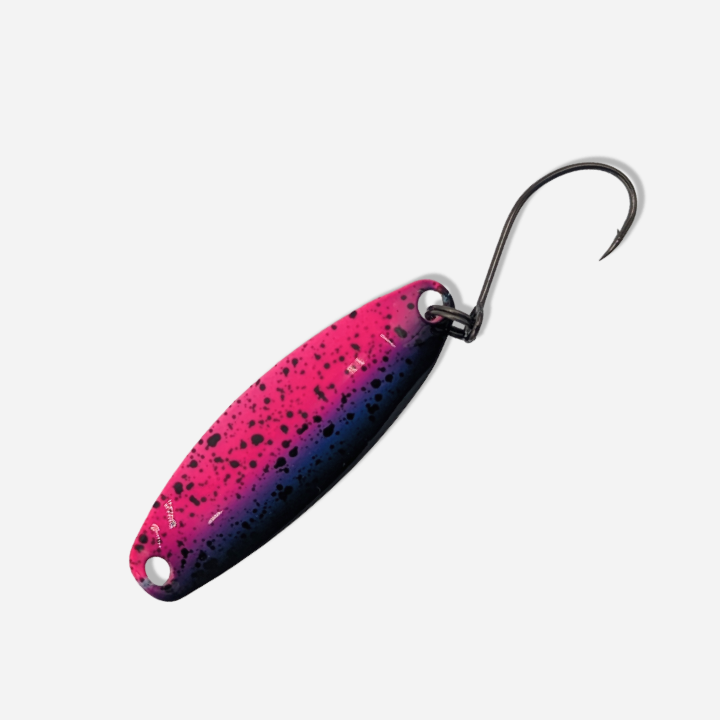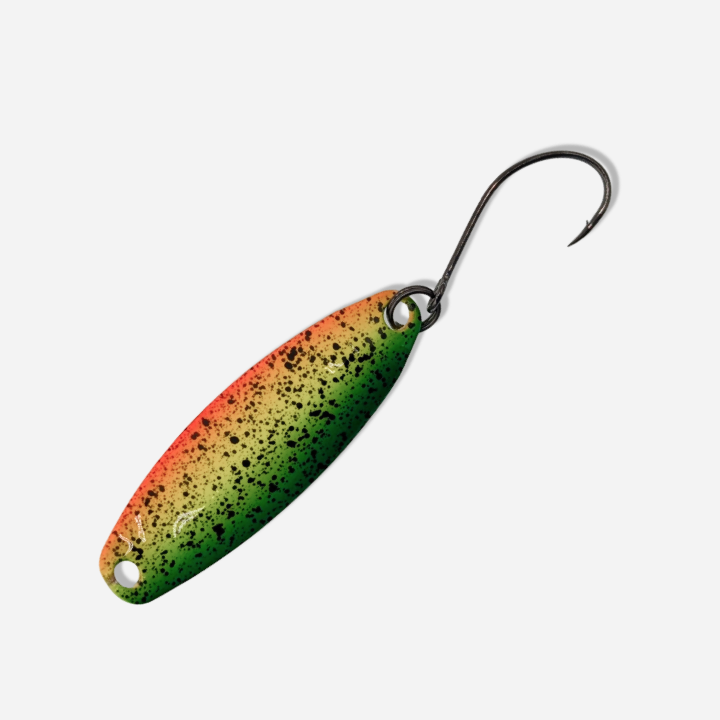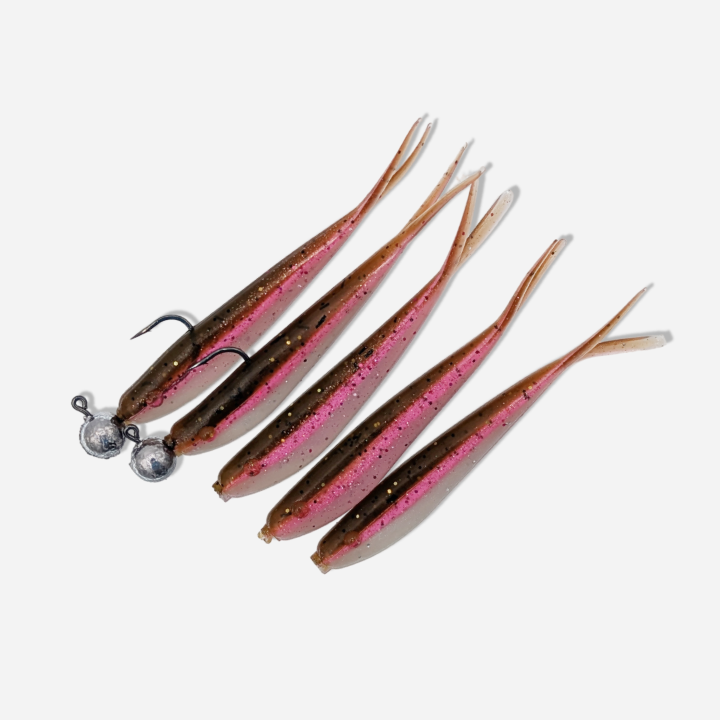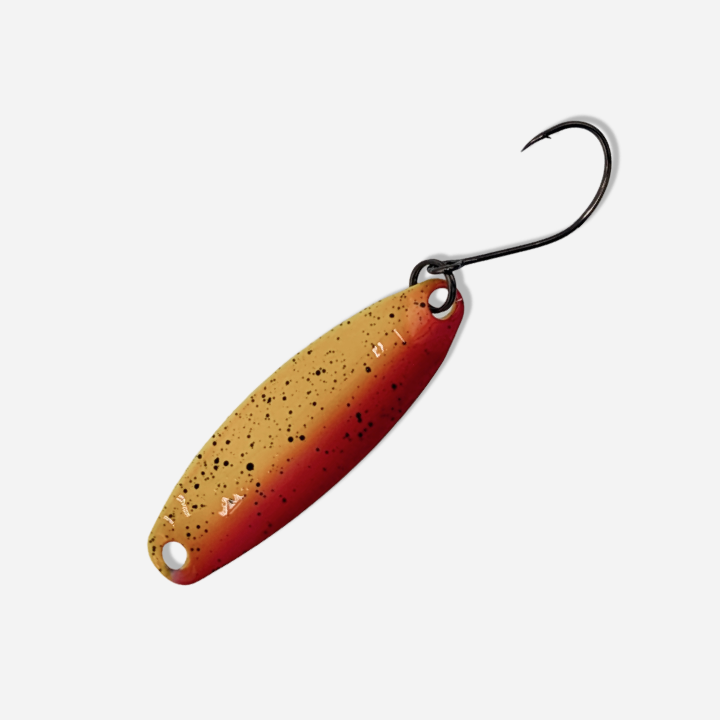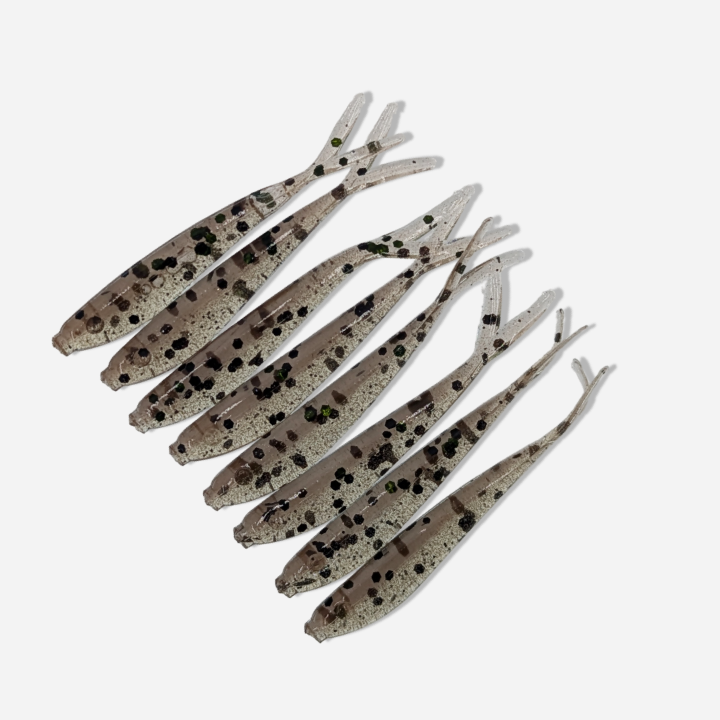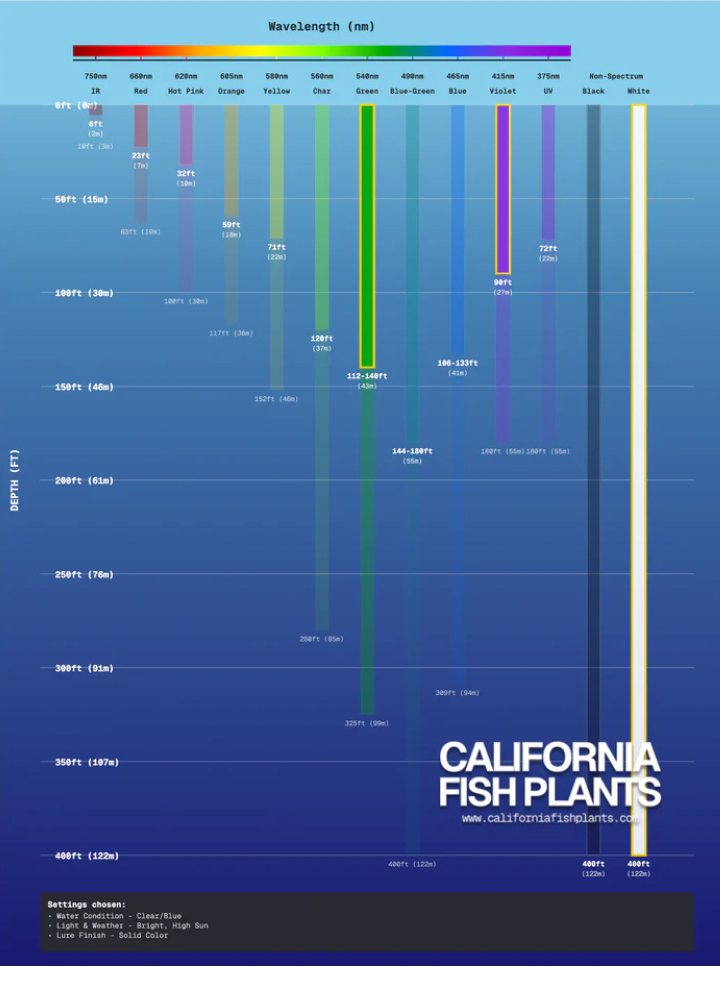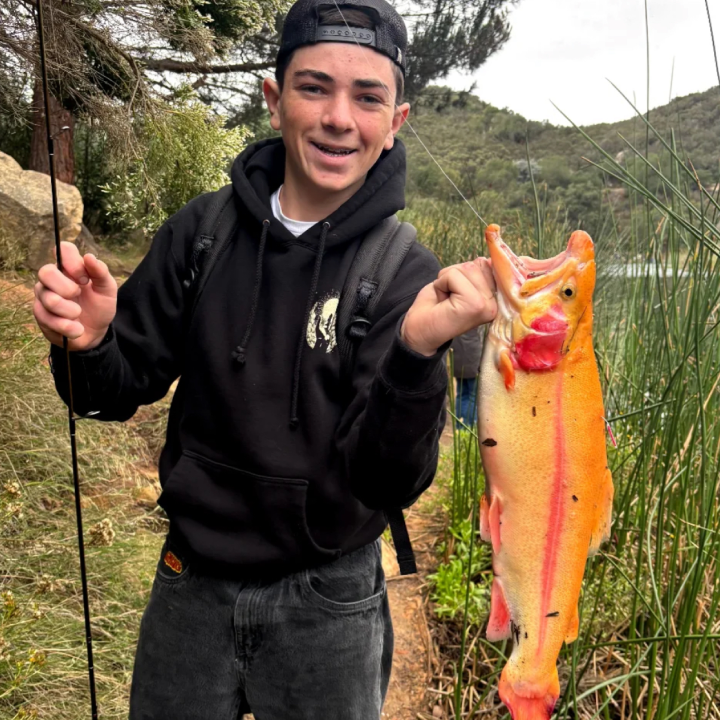The Freshest
Fish Plant Updates
Subscribe and get California Fish Plant Updates with full access to the real time data
Tested in California Waters
MADE BY CALIFORNIA ANGLERS
In Case You Missed It: Dixon Lake Derby Winner Landed 5+ lb. Lightning
Dixon Lake derby results are in. Royce Neal won it with a Lightning Trout over 5 lbs, caught on a MADE Baits Mini Jig with a steady retrieve. These Mini Jigs are producing very well right now on California lakes, the Eastern Sierra, and Pyramid Lake in Nevada. Water is clearing and cooling, trout are shallow, and they’re eating them. If you’ve got some in the box, now’s the time to throw them.

